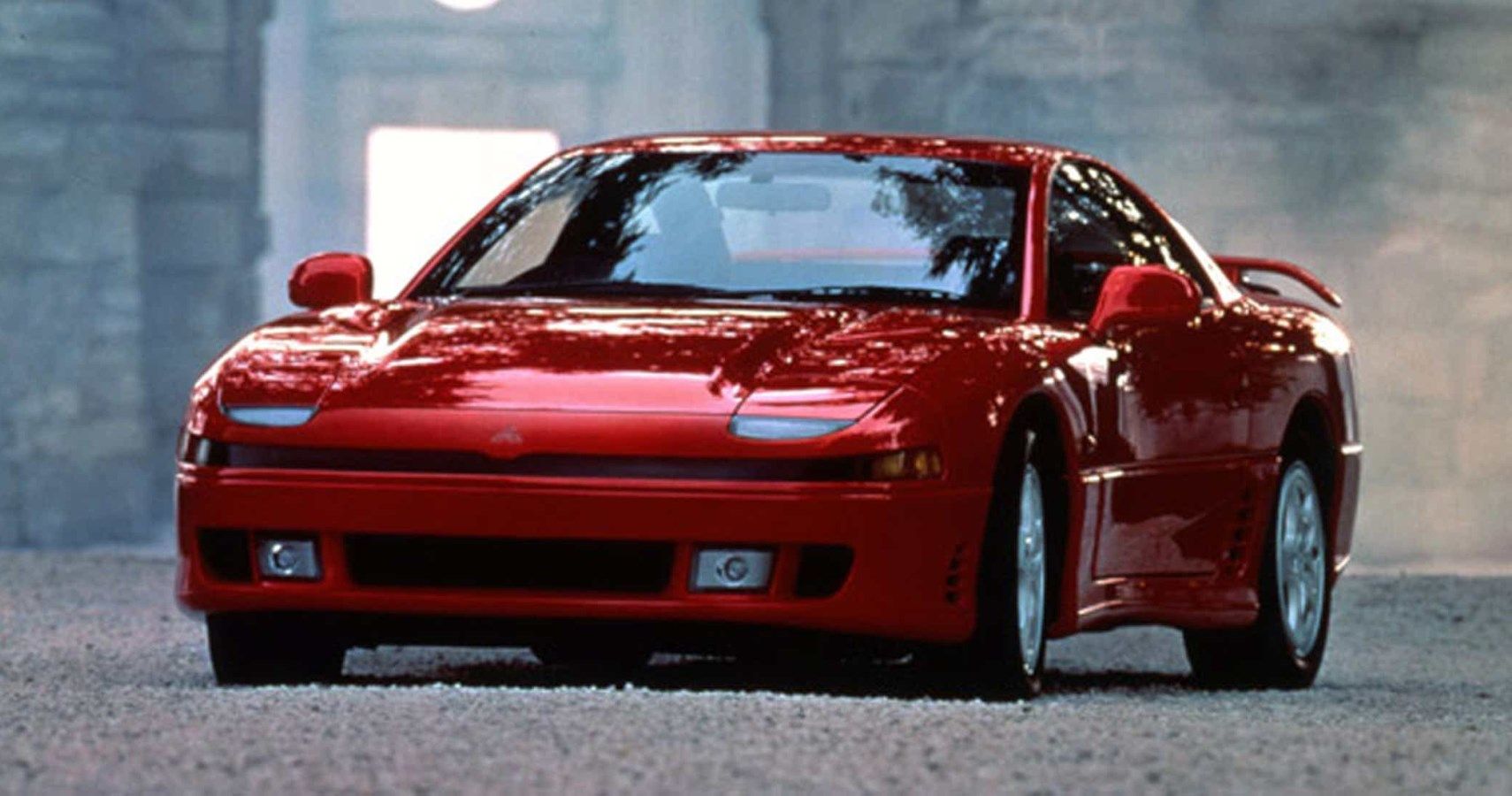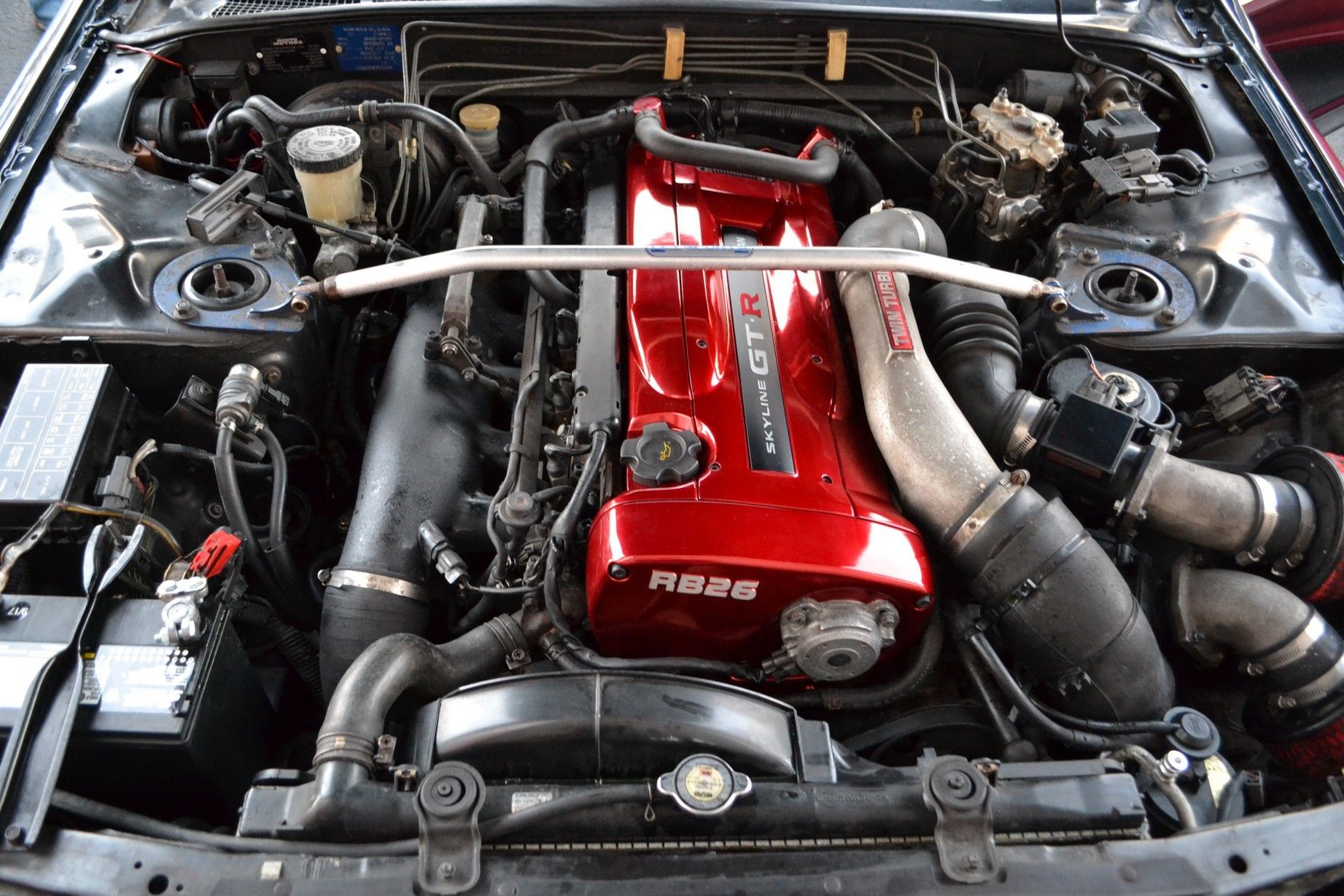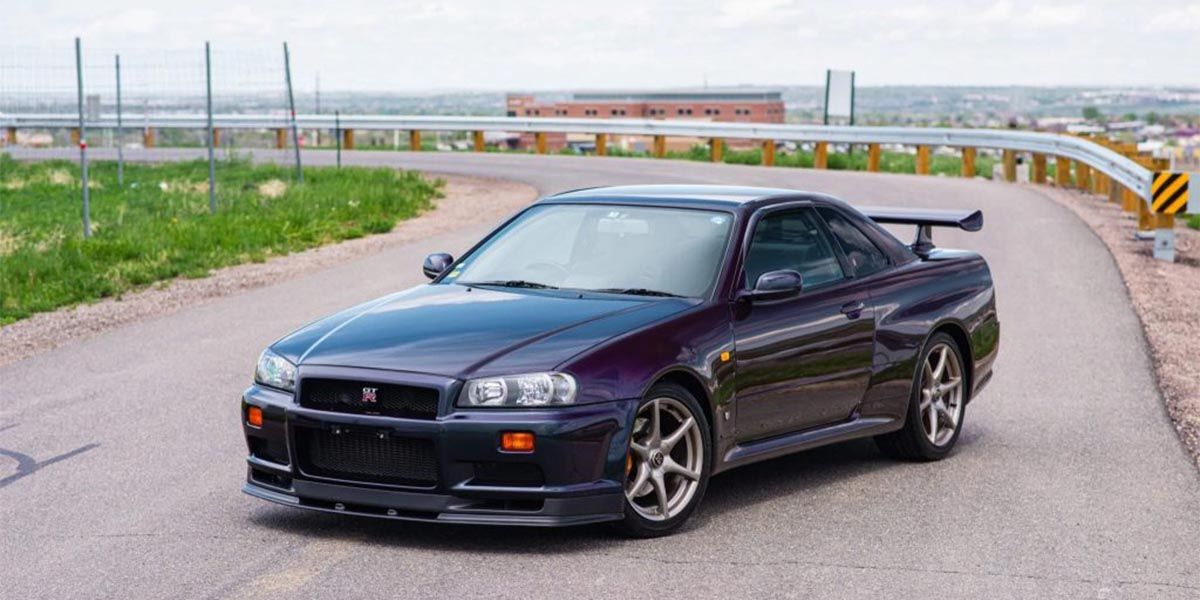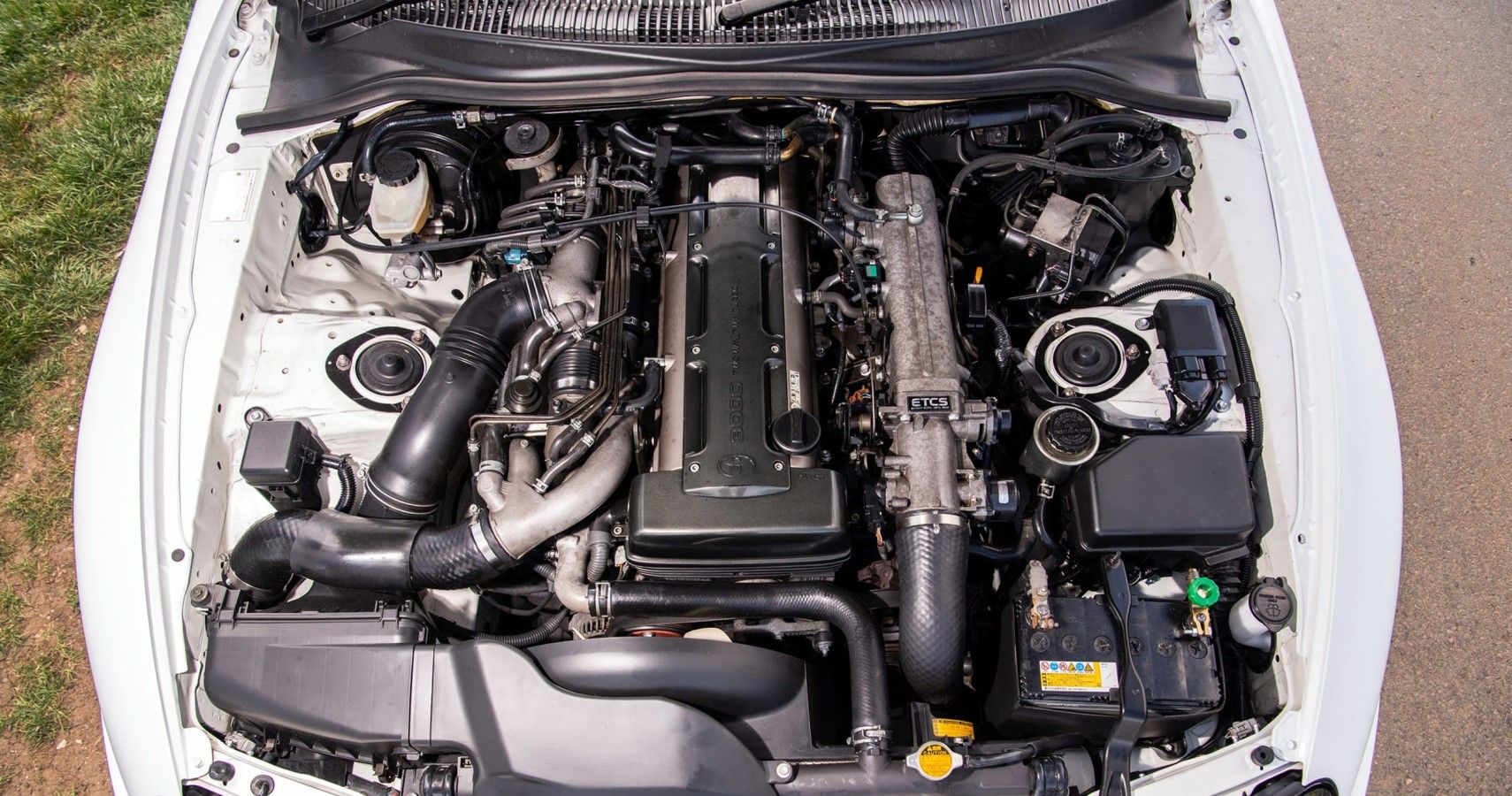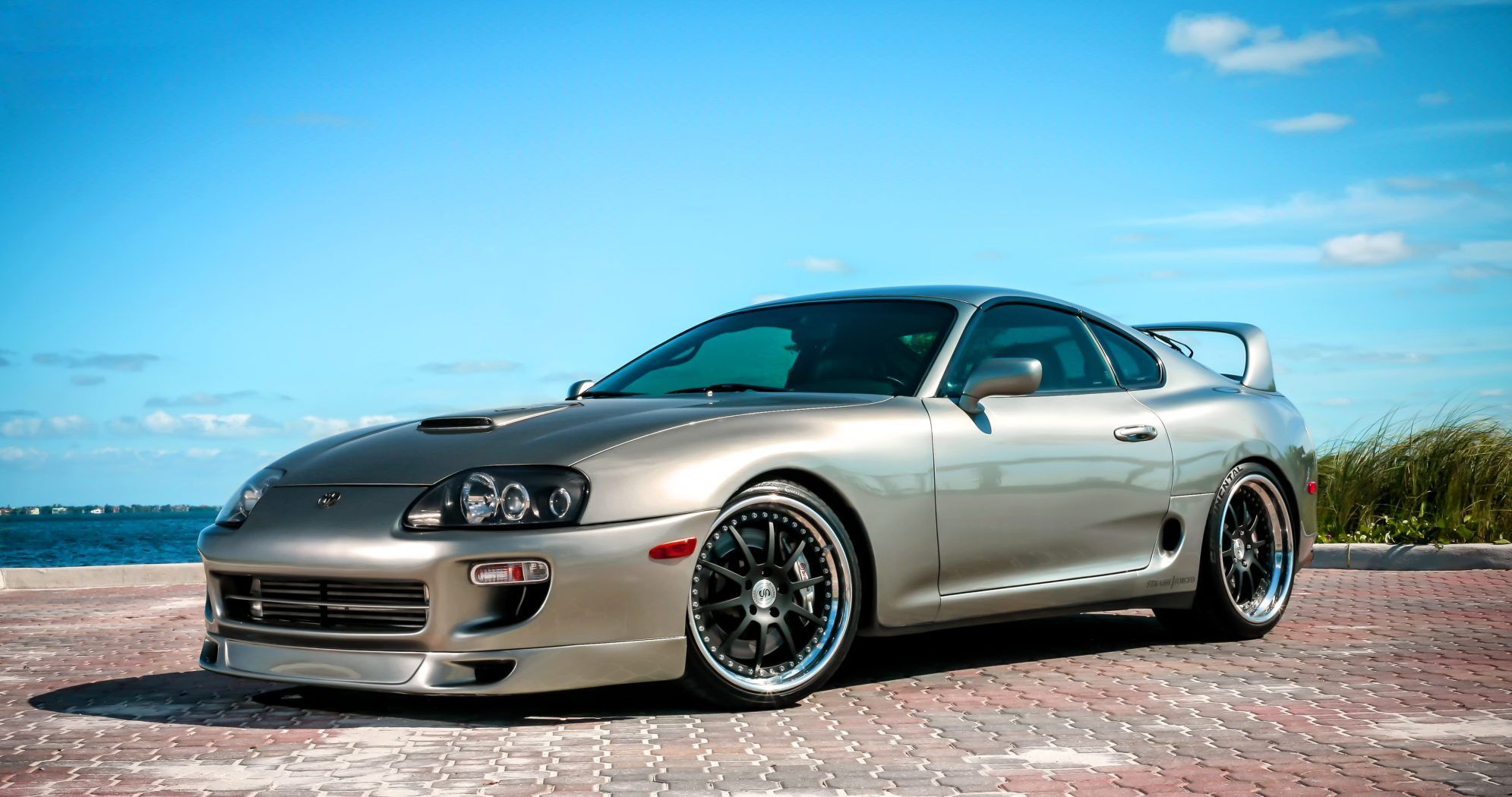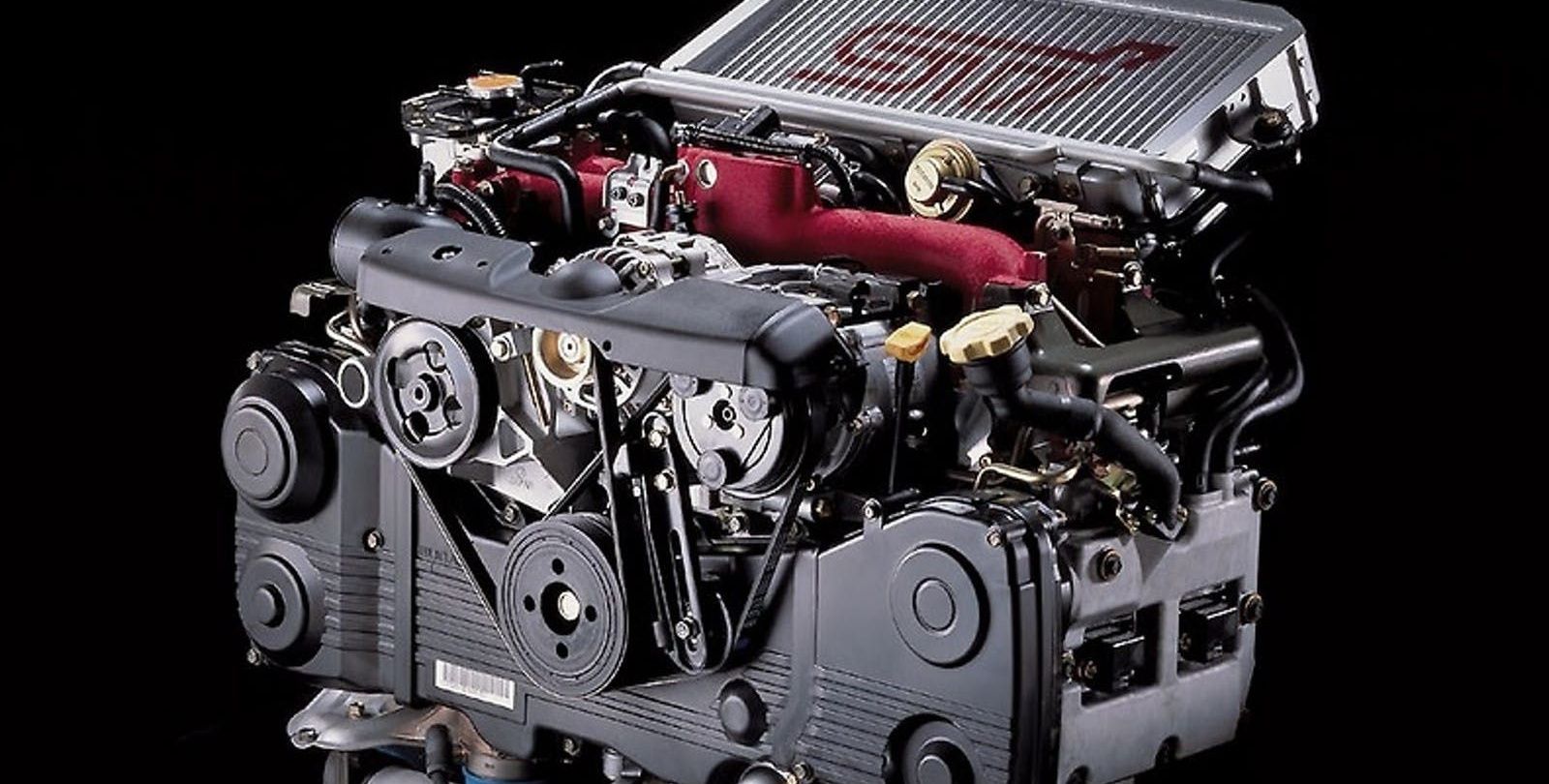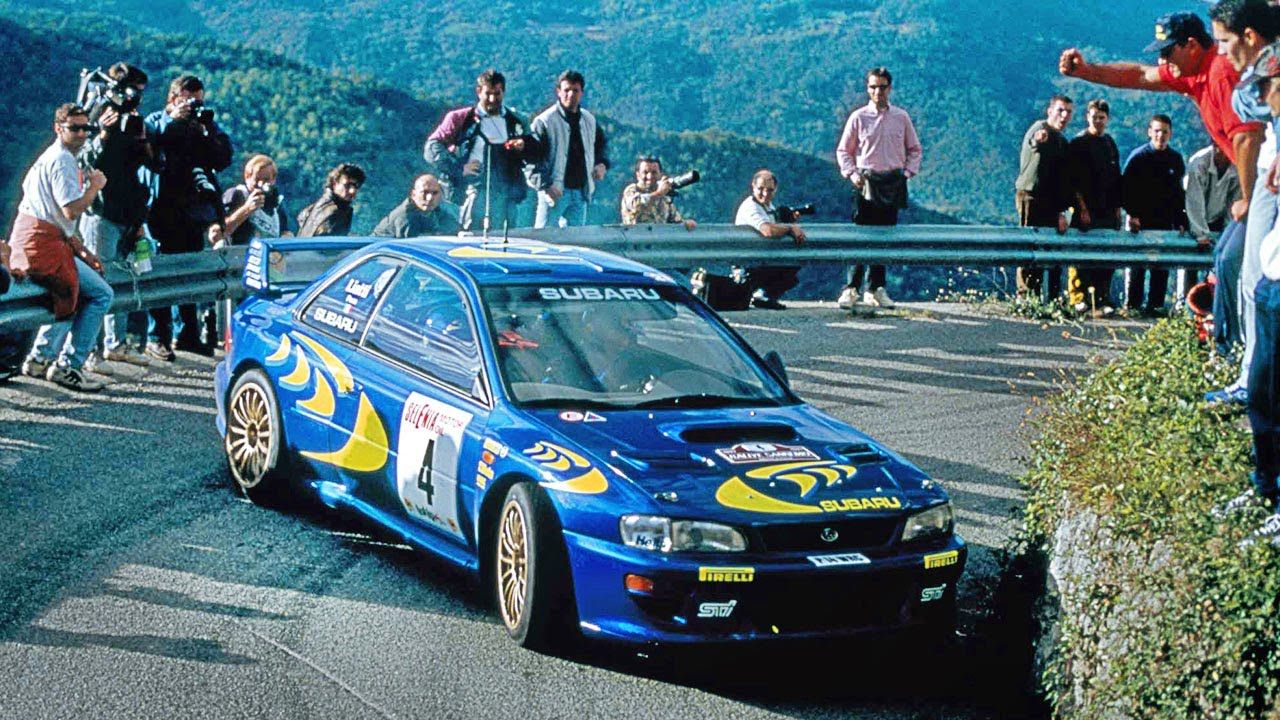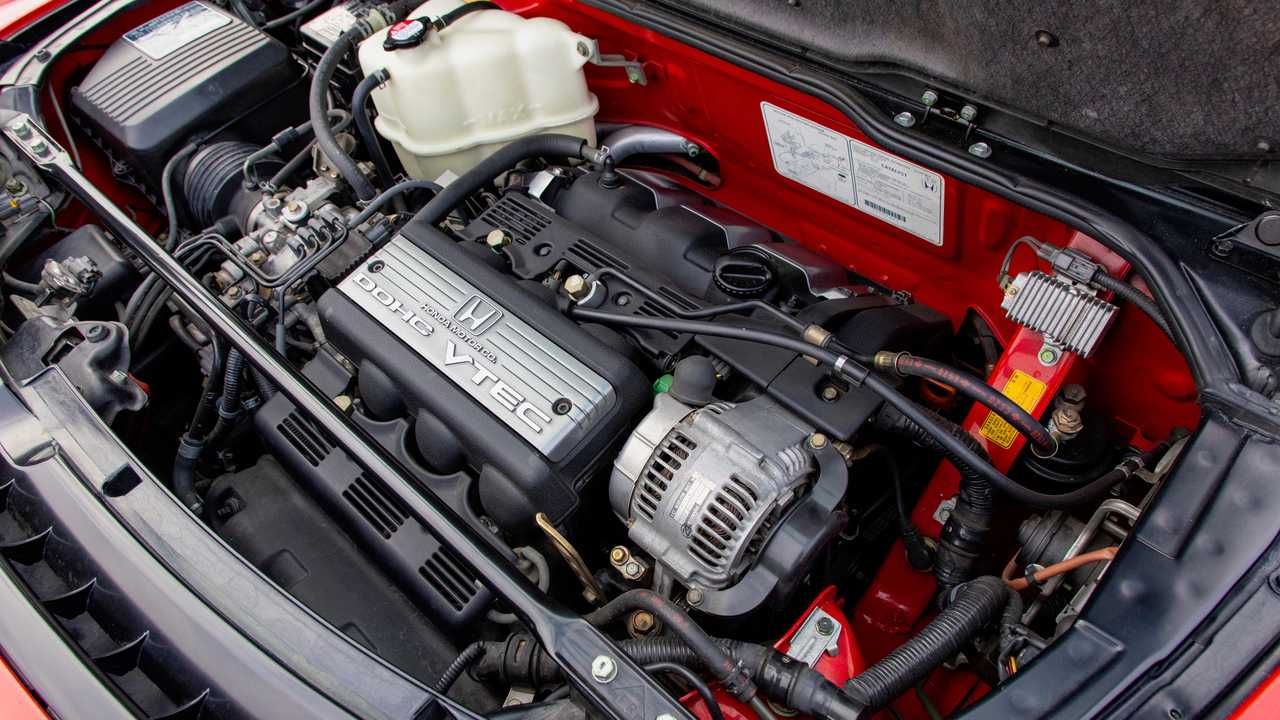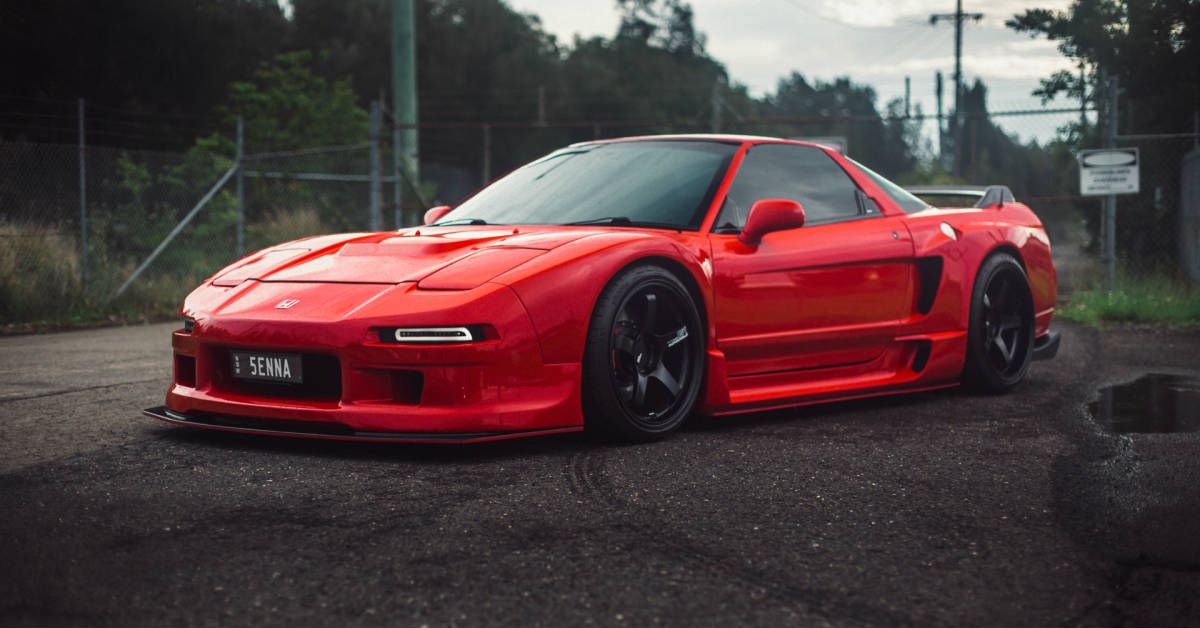Over the course of the late ’60s and ’70s, Japanese car companies began to give the companies in the United States and Europe a run for their money. The oil embargo of 1973 provoked a change in an unprecedented fashion. Instead of buying cars that were gas-guzzling, expensive, and large, the market shifted to wanting smaller and more efficient vehicles. Japanese car engineers filled that role with their ingenuity. This era of Japanese vehicles may not be as iconic as the ’90s and early ‘00s cars that we all know and love today, but they laid the groundwork for the engineering prowess of the modern-day Japanese car.
Japanese car companies have been the cornerstone of car culture. They have provided the world with engines that were efficient and reliable when other companies couldn’t say the same about their vehicles. Starting with their humble beginnings as 100cc smaller cars to the horsepower beasts we see today didn’t happen out of anywhere. During the ’90s, Japan entered what was called the “Gentleman’s Agreement”. This allowed them to only export cars that were 276 hp and under. This agreement pushed car manufacturers to make engines that were not only reliable but could also be easily upgraded compared to their European and domestic counterparts.
The “gentleman’s agreement” ended in 2005, but the pure genius of those engineers during the time still live on in the way that JDM cars are manufactured to this day. In this list, we will take a look at the top 10 engines that Japan ever produced.
10 2.0-Liter 4G63 Inline-4
The 4G63 Inline 4 was used in all Mitshibubisi Evolutions until around 2006 when the tenth and final generation of the Evo was produced. The engine in the VII was an upgrade from the VI in two distinct ways, the MIVEC system, and the turbo. The MIVEC system allowed the engine to control the airflow intake to allow for consistent power.
This engine had an improved turbo over the VI allowing it to be much quicker of the line and give other rally legends a run for their money. The engine had a consistent output of around 276 HP per the gentleman’s agreement.
9 2.0-Liter 3S-GTE
The Toyota MR2 has been a name that car enthusiasts have recognized since the 90s. Its legacy all stems from the GTE line of engines that they put in the cars. The 3S was Toyota’s crack at putting a turbocharged engine to give their cars more power.
Capable of putting out between 200 hp and 230 hp, this engine quickly became a name for JDM enthusiasts everywhere. The engine was fitted with a steel exhaust turbine and was produced from 1986-2007.
8 Honda F20C
The F20C was unique in that it was set in the car longitudinal rather than traditional. This allowed the Honda S200 to have consistent power given to the rear wheels rather than give front or all-wheel drive. The engine was a dream for tuners because its 247 hp could easily work with a supercharger to give put it in the 300- 400 hp range.
With the F20C giving consistent power to the rear wheels it has remained a drift legend for years.
7 SR20DET - Nissan Silvia
Originally produced for the Nissan Bluebird, this engine quickly became a standard for the sporty cars in their lineup such as the Nissan Silvia’s of the ‘90s. This engine sat longitudinally to give the Silvia rear-wheel drive. What made this engine special from its predecessors was that it had dual overhead camshafts, an electronic fuel injection, and a turbo (hence the DET in the name).
It was used in multiple cars in the Nissan line and consistently put out roughly 205 horsepower.
6 4B11T I4-T
The 4B11T was the replacement for the 4G63 engines in the prior 9 generations of Evos. While the prior generations topped out at 276 without tuning, this engine consistently received around 290. This engine remained in the Evo X until it stopped being manufactured around 2017. This engine was praised for its tuning capabilities and its ability to consistently provide all 4 wheels with the power needed.
This engine allowed the Evo X to go 0-60 in around 4.6 seconds. Both the car and the engine are still sought out years after the production run has ended.
5 6G72T 3.0-Liter Turbo
The 6G72T 3.0L Turbo was made for the 3000 GT (or Dodge Stealth depending on the year). This engine produced near 200 HP without the turbo, but with a turbo, it could produce 320 HP. The 3000GT itself is still sought to this day because the 6G72T is not only a great engine by itself, but it can also be tuned to handle a lot of horsepowers. This particular model came with a twin-turbo.
6G engines are still being produced in Mitsubishi cars to this day and are currently in their 5th generation.
4 RB26DETT
The Skyline GT-R is simply a thing of beauty. It is has become the car of a franchise in Fast and Furious and is loved by car enthusiasts everywhere. This is largely due to the engine. The RB26DETT provided all-around consistent power and with the twin turbos. It was advertised to put out around 276 hp per because of the gentleman's agreement, but it could actually put out around 280 hp. The engine is easy to tune allowing it to turn into a powerful JDM machine.
This engine was used in 3 separate generations of the Skyline, the R32 GT-R, the R33 GT-R, and the R34 GT-R.
3 2JZ-GTE - Toyota Supra MK IV
The 2JZ-GE is easily one of the greatest engines out of the gentleman's agreement era. Its inline-6 with twin turbos could put out an enormous amount of power without tuning. At a base level, it can produce 280-300 horsepower. Once it is tuned up, it can handle up to 1000 hp.
The Supra MK IV is beloved to car enthusiasts everywhere. It was not only a JDM beast on its own, but it could be upgraded to do almost anything that you could ever want to do with it.
2 Subaru EJ20
The Subaru EJ20 has become a rally icon over the years. The engine itself has been put to the test on some of the hardest courses ever driven and it would still be able to come back for more. The pure efficiency of the engine itself has allowed many second-generation Subarus to still be on the road today. Many people who have owned a Subaru WRX attest to this. By laying the pistons on their side, engineers at Subaru found that it created less vibration which in turn allowed the motor to run longer without failing.
The EJ20 by itself was powerful, but adding a turbo to it as they did in the rally version caused it to put out 250 hp and beyond.
1 JNC1
The NSX was first brought to the market in 1991 and was one of the first Japanese cars that were designed like a supercar. Its entire chassis was built out of all aluminum which allowed the engine itself to shine. V6’s typically have a piston firing angle of 60 degrees, in the NSX however, they decided to put the angle of the pistons on the JNC1 at an angle of 90 degrees. This was to keep a low center of gravity.
The JNC1 has been changed and reworked over the years for the NSX but the value of progressing what a car can do still remains.

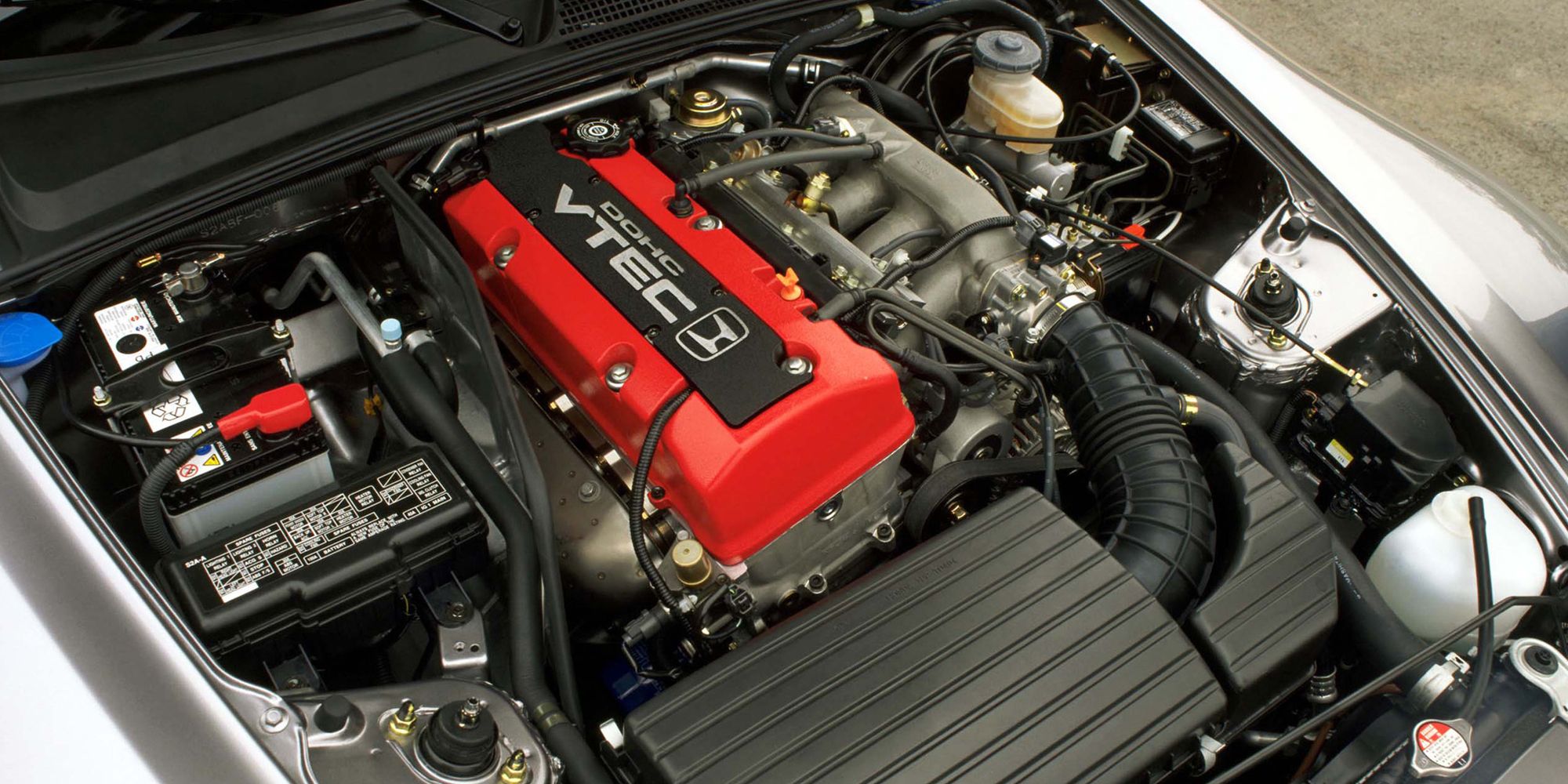
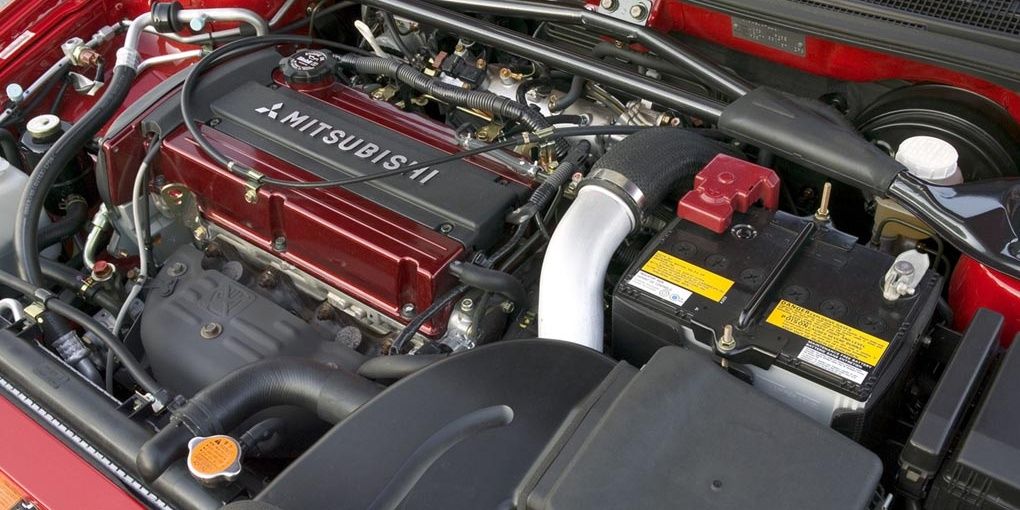
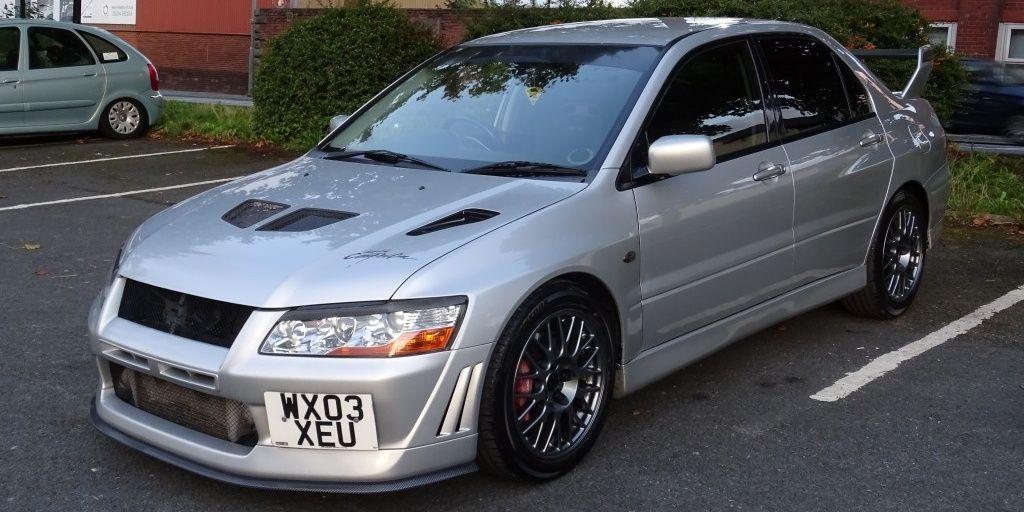
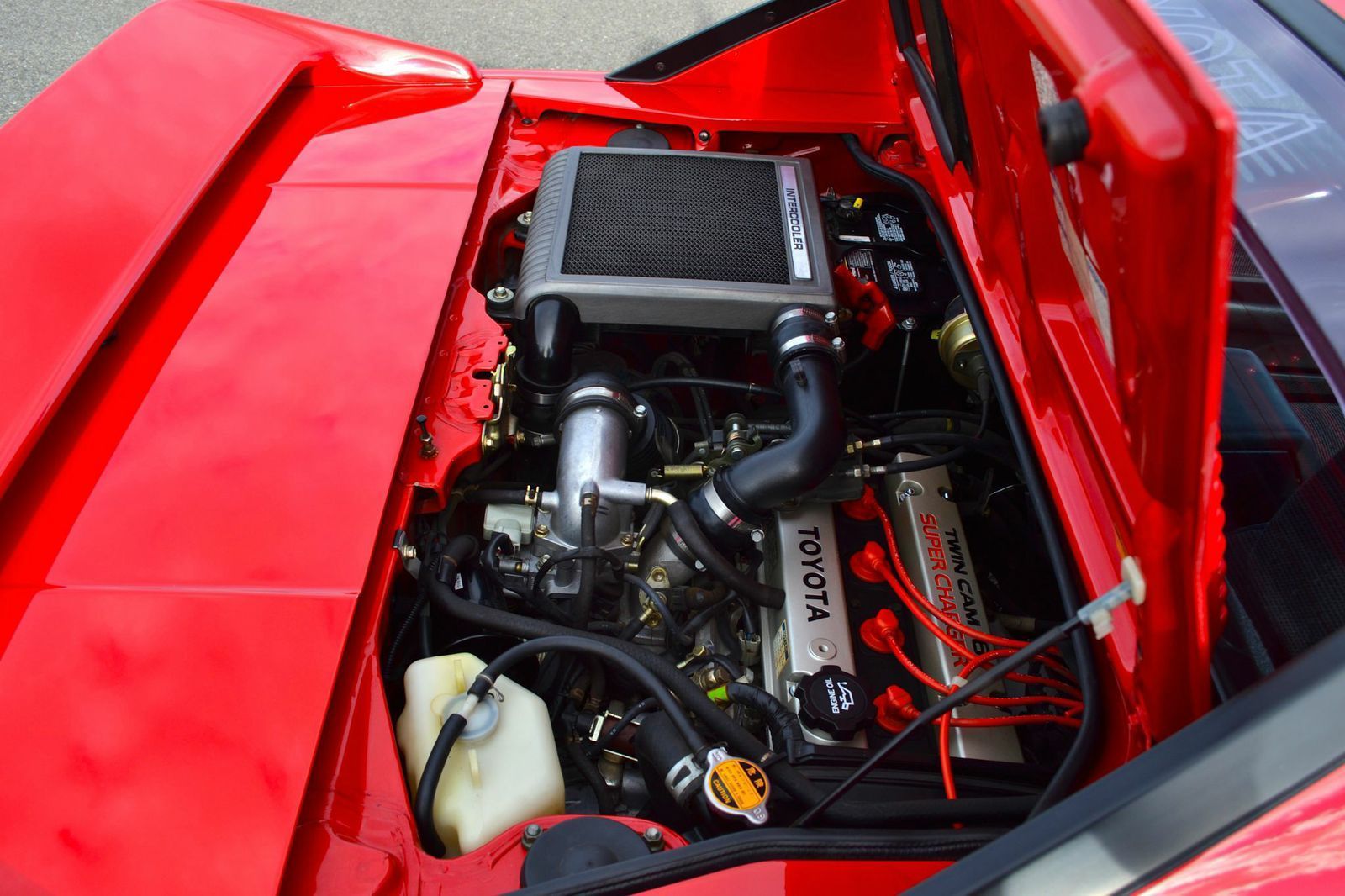
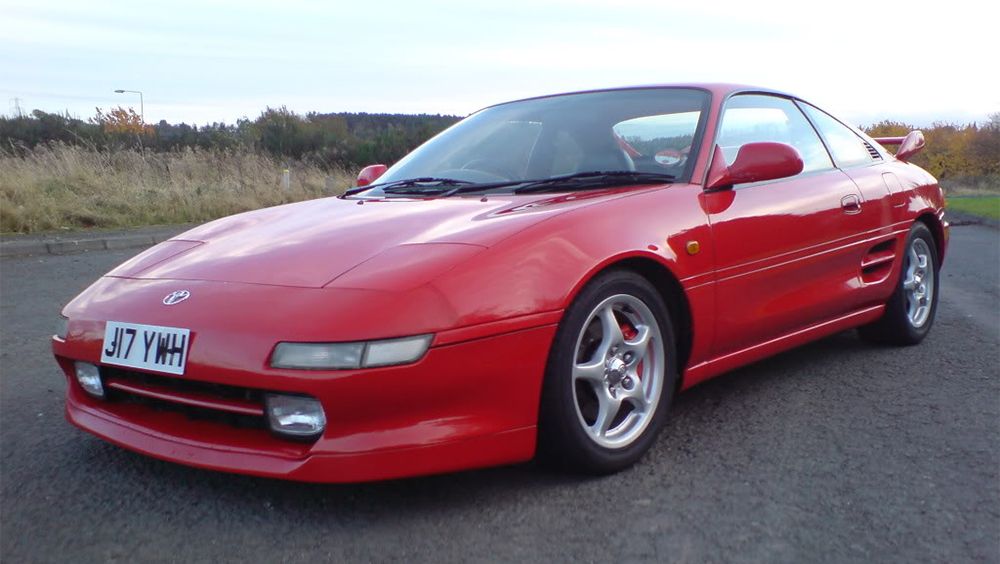
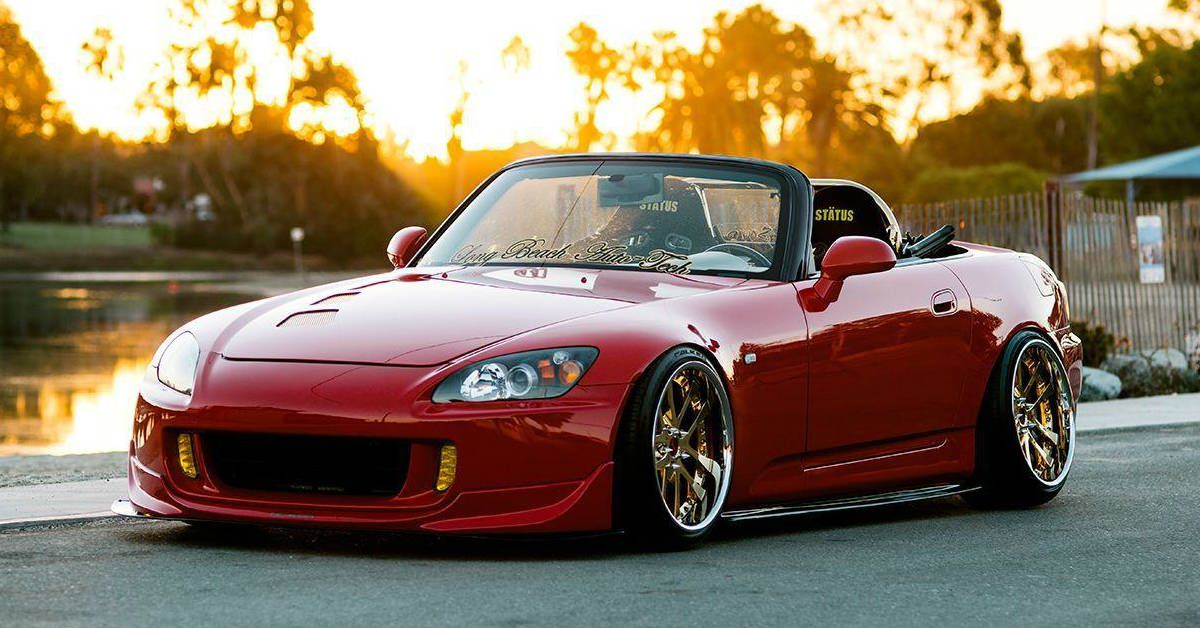
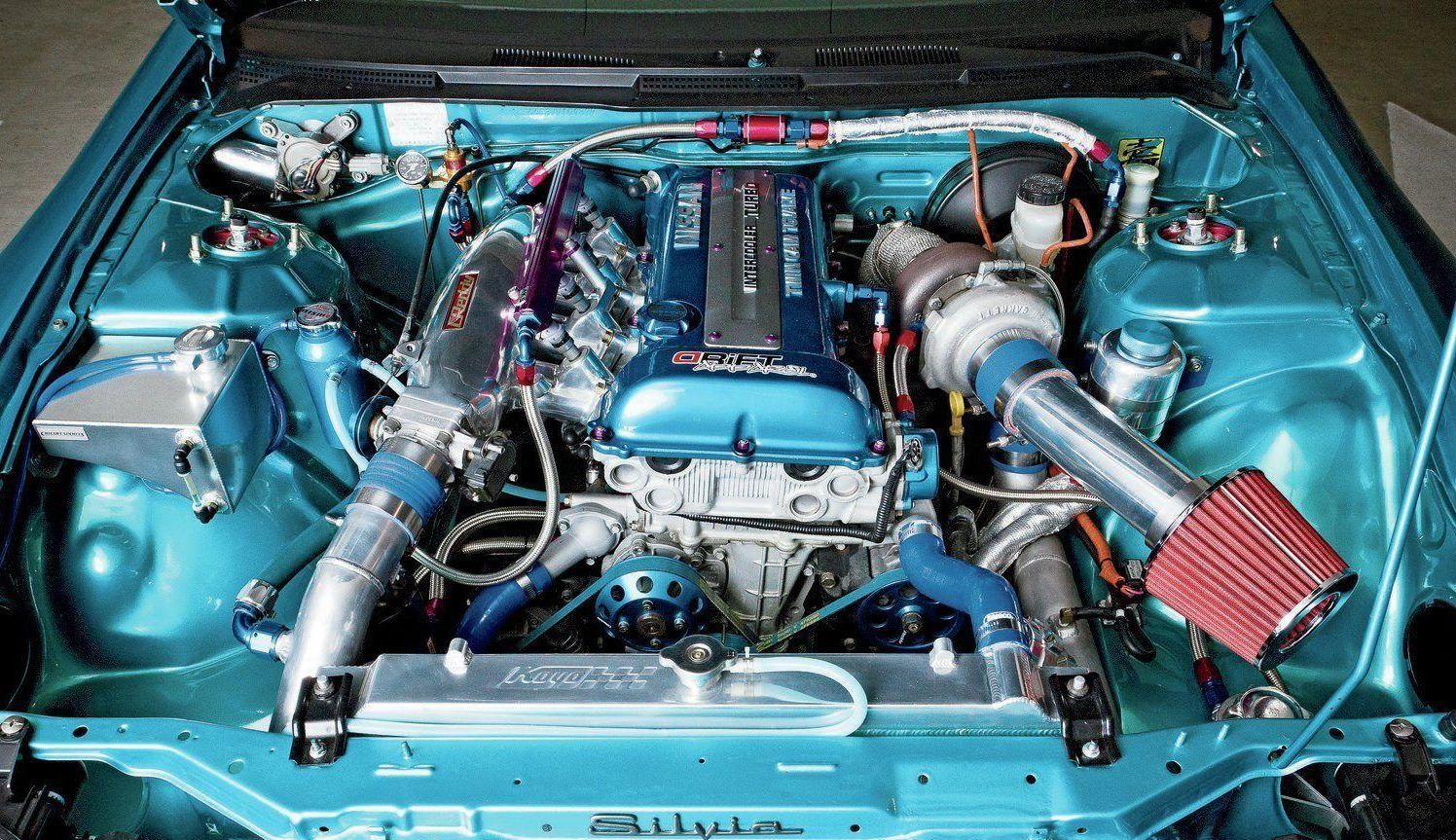

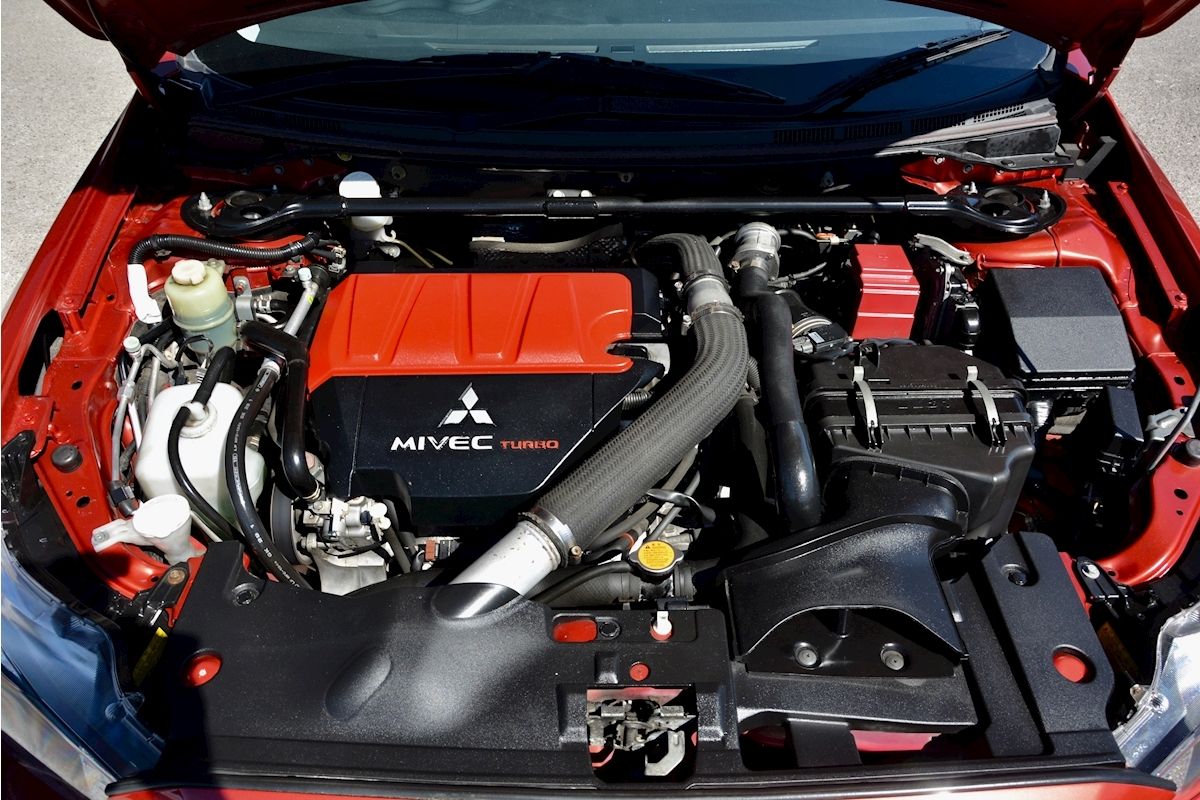
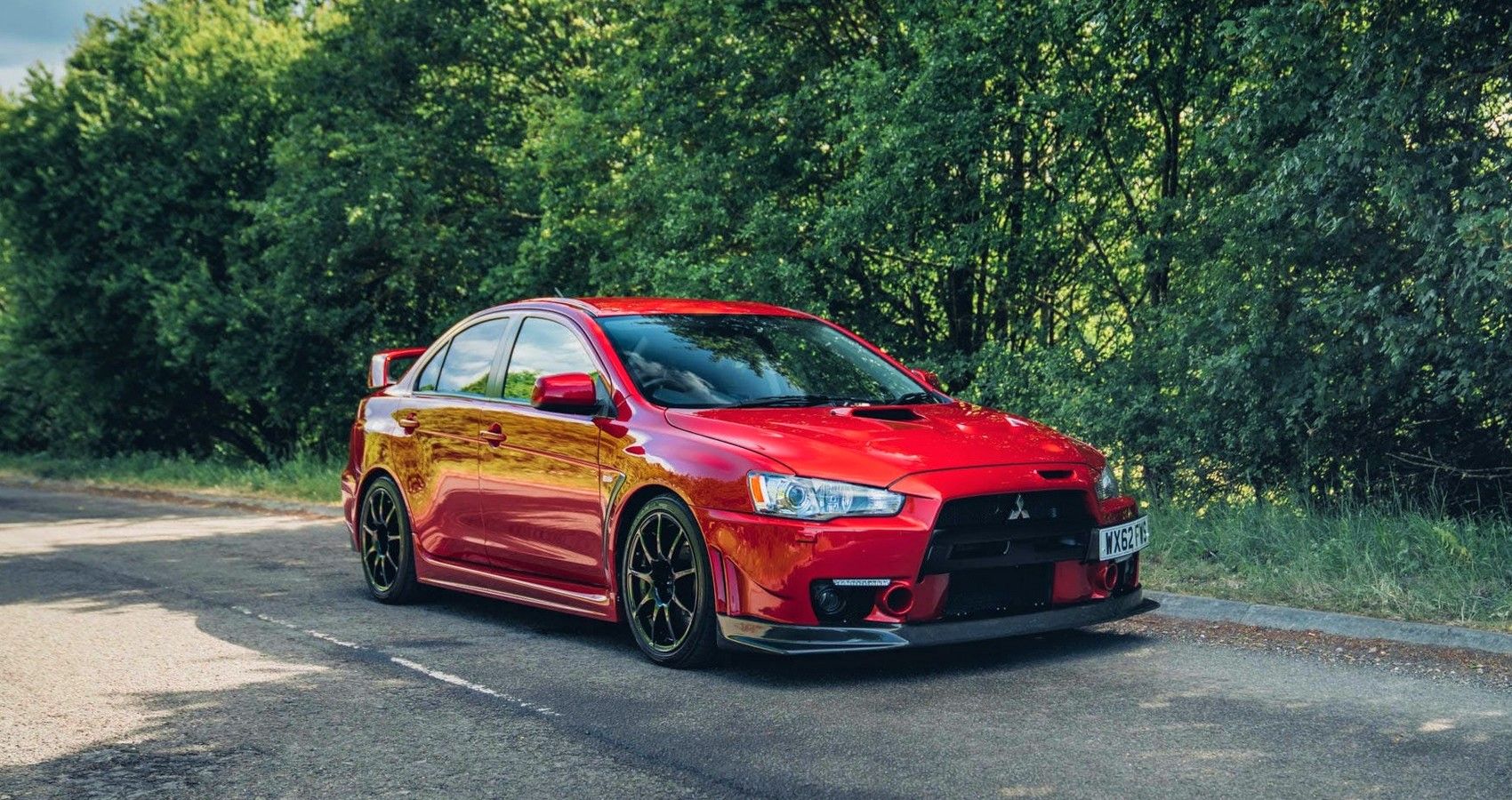
.jpg)
